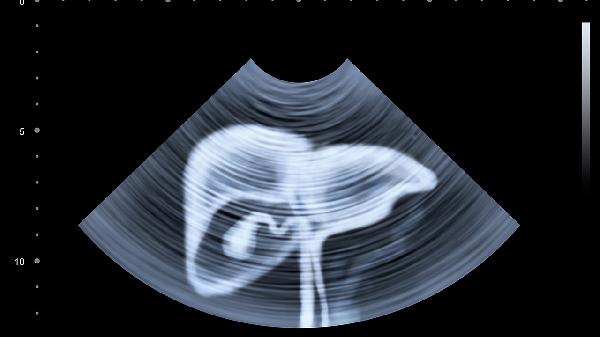Running is one of the most efficient ways to torch calories, but the exact number depends on a mix of factors—your speed, body weight, terrain, and even how much effort you’re putting into each stride. A 150-pound person running at a moderate pace (around 6 mph) can burn roughly 100 calories per mile. Crank it up to a sprint, and that number jumps. But if you’re just starting out, don’t stress about hitting elite-level numbers right away. Your body burns more calories when it’s learning the ropes because, frankly, it hasn’t figured out how to be efficient yet.
The Science Behind Calorie Burn
Calories burned while running aren’t just about distance—they’re about effort. Your heart rate, muscle engagement, and even your form play a role. A study from the American Council on Exercise found that runners who varied their pace (think intervals) burned up to 10% more calories than those who maintained a steady speed. That’s because your body has to work harder to adjust to changing intensities. Plus, running uphill? That’s like turning your workout into a calorie-burning furnace. A 180-pound person can torch around 150 calories in just 10 minutes of uphill sprints.
Beginners vs. Seasoned Runners
Newbies, rejoice—your lack of efficiency is actually a perk. When you’re not yet smooth with your stride, your body expends extra energy figuring things out. That means more calories burned per mile compared to a seasoned marathoner who’s dialed in their form. But don’t let that discourage veterans. If you’ve hit a plateau, mixing in speedwork, hill repeats, or even trail running can shock your system into burning more. The key? Keep your body guessing.
How Often Should You Run to See Results?
Three to four days a week is the sweet spot for most runners aiming to lose weight. Any more than that without proper recovery, and you risk injury or burnout. On your off days, cross-training (like cycling or swimming) keeps your heart rate up without the joint impact. And don’t skip strength training—building muscle boosts your resting metabolic rate, meaning you’ll burn more calories even when you’re not running. Recovery is just as crucial as the run itself. Foam rolling, stretching, and hydration help your body repair and prep for the next session.
Maximizing Your Burn Without Overtraining
If you’re running five days a week but not seeing changes, it might be time to tweak your routine. Try swapping one steady-state run for a high-intensity interval session. Or, if you’re logging long, slow miles, add a tempo run where you hold a challenging (but sustainable) pace for 20-30 minutes. Nutrition also plays a huge role. Underfueling can backfire, leaving you fatigued and slowing your metabolism. Aim for a balance of protein, complex carbs, and healthy fats to fuel your runs and recovery.
At the end of the day, running is a powerful tool for weight loss—but it’s not just about the calories you burn mid-stride. It’s about consistency, recovery, and listening to your body. Whether you’re a newbie or a seasoned runner, the best plan is the one you’ll stick with long-term. So lace up, hit the pavement, and let your legs do the talking.
























